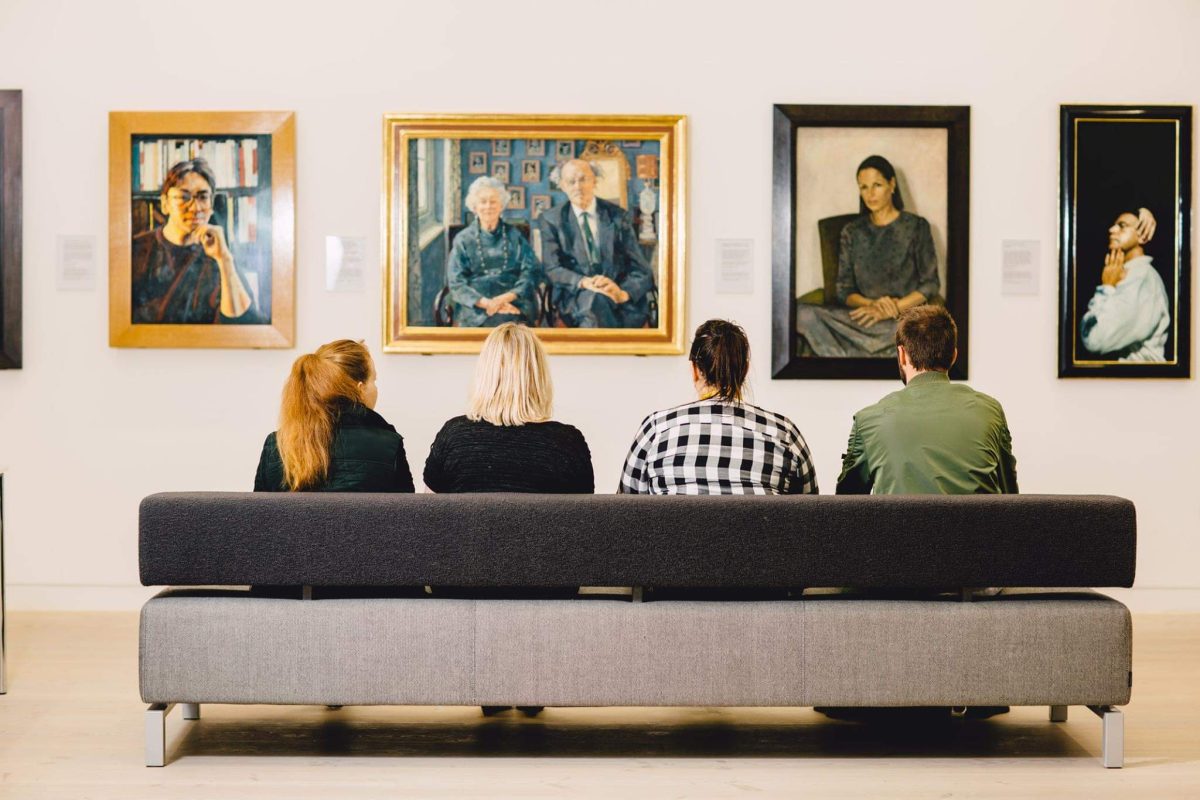By Aruni Samarakoon, PhD candidate in Political Science, University of Hull. The global community commemorated an important occasion on the 25th of November: the United Nations’ Elimination of Violence against Women. This day holds particular significance as it coincides with numerous women and children striving to preserve their lives amidst conflict-ridden regions such as Gaza […]
Tag: Library Exhibition

Prior to 2017, the Library exhibition space was originally used in a more corporate fashion; university events, networking events and lunch gatherings were popular within the Academic and University community. It hosted a lectern and chairs most of the time – very formal and most of the time pretty empty. In order to prepare for […]
